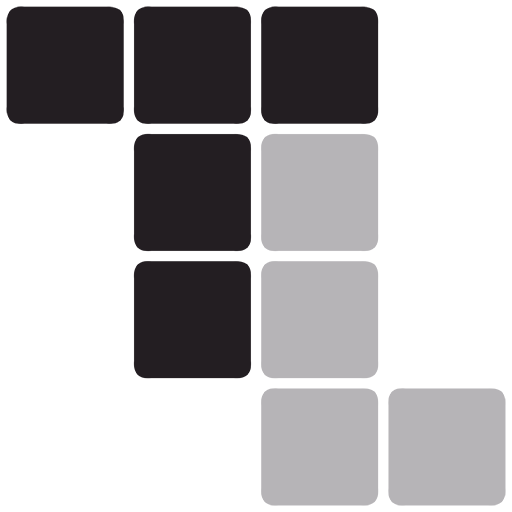Sexism in Video Games: Are game developers to blame?
By Matt McIlnay
If you even occasionally read gaming publications or forums, you’ve doubtlessly heard the topic of sexism raised repeatedly and probably aggressively. Sexism in video games has become an explosive issue in recent years, and has become even more of a hot-button topic ever since Anita Sarkeesian started her infamous Tropes vs Women web-series. Much like every other entertainment medium, video games are filled with heroic male characters, with women often falling to the side, much to the chagrin of female gamers. Furthermore, many games either lack women entirely or resort to extremely sexist depictions of them.
There are certainly strong depictions of women in video-games, such as Ellie and Tess in The Last of Us, but we more often get games like Team Ninja’s Ninja Gaiden 3 that feature half-naked and two-dimensional characters that serve little purpose other than to provide eye-candy and give the protagonist something to save. In the especially bizarre case of Ninja Gaiden 3, players can even shake their controller during cutscenes to jiggle the female character’s breasts.
Are all video games that bad? Certainly not, but a great many do similar things and get away with it scot-free. If you made a straight adaptation of the Ninja Gaiden series for film or television, people would be outraged at its depiction of women. However, due to it being a videogame, few care.This is illustrated as videogame stories still aren’t held to the same standards as film and television.
Although many games are praised within the industry for their stories, the writing is generally graded on a curve. Consequently, relatively few criticize developers like Team Ninja for their characterization of women because the writing as a whole is so staggeringly bad that the sexism is basically to be expected. Damsels in distress, characters that are defined by their outfits, and stories that revolve purely around men are often symptoms of bad writing instead of any intentional misogyny on the developer’s part. The solution isn’t difficult—simply hiring better writers and giving those writers more creative control would do wonders.
Providing that these writers make a conscious effort to write better female characters, many of the larger instances of sexism should start to disappear, but it still won’t fix the severe lack of female protagonists in the medium. Although fans often love complex and strong female characters like Ellie in The Last of Us or Elizabeth in Bioshock Infinite, they don’t show that same enthusiasm when it comes to female heroes.
Generally speaking, games with female leads perform poorly in sales. Although certain indeterminate factors such as smaller marketing budgets may be partially responsible for this, the raw sales numbers indicate that male protagonists are consistently better bets for developers. Market research firm EEDAR estimated that video games with a male protagonist sell roughly 75 percent more copies than titles with a female hero. On a similar note, RPG developer Bioware revealed that only 18 percent of players chose to play as a woman in their popular Mass Effect trilogy.
This fascination with male heroes almost certainly comes from the idea that the hardcore gamers who buy the most amount of games are overwhelmingly male, a notion that would appear to be true. A Nielson study into “core” gamers who buy PS3/360 action/shooter titles revealed that men made up about 80 percent of the total audience (a number that almost exactly lines up with Bioware’s survey of Mass Effect players.) With those kinds of numbers, it’s easy to see why female protagonists are so rare—it’s just not practical for developers.
So how do we fix this? Asking publishers to roll the proverbial dice on expensive titles with female protagonists and feverishly praying that they make their budgets back certainly isn’t the answer. The solution is to draw more women into the hardcore audience by raising public awareness that the medium isn’t just for guys. With everything from quirky indie games and “interactive fiction” titles to choose from, there’s something for everyone (and every gender) in the medium. If we can expand the hardcore audience beyond men, titles with female heroes will eventually follow.



